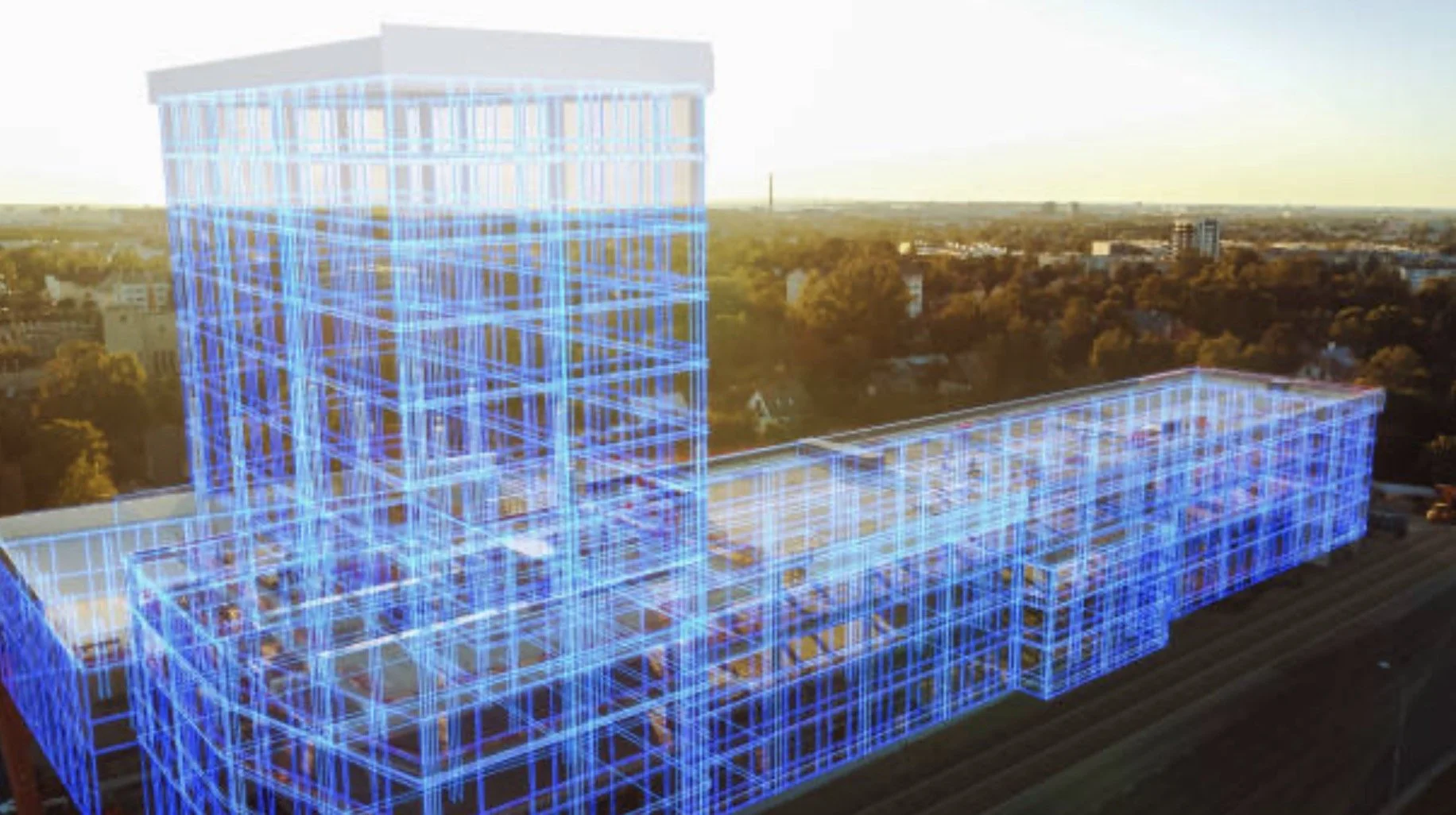In a world increasingly reliant on technology, the way we design, manage, and interact with buildings is undergoing a seismic shift. Building digitization—the process of creating precise digital replicas of physical spaces—is transforming industries ranging from real estate to construction, hospitality, and beyond. By combining advanced 3D scanning, LiDAR technology, and immersive virtual tools, companies like Lightbound 3D are leading the charge in bringing buildings online, making them accessible, functional, and future-ready.
This blog will explore why building digitization matters, the technologies driving it, and the real-world benefits it delivers across various industries.
What Is Building Digitization?
At its core, building digitization involves the creation of a digital twin—a highly accurate virtual representation of a physical structure. This can take the form of:
3D virtual tours: Interactive walkthroughs that allow users to explore spaces remotely.
Point cloud data: Detailed spatial data captured by LiDAR technology, enabling precise modeling.
Digital floor plans: Scaled layouts used for design, renovation, or operational planning.
These elements collectively offer a comprehensive view of a building, breaking the barriers of physical space and providing insights that were previously inaccessible.
Why Building Digitization Matters
1. Enhanced Accessibility
Digitized buildings can be accessed by anyone, anywhere, at any time. For industries like real estate, this means potential buyers or tenants can explore properties without stepping foot inside. Virtual tours empower stakeholders by providing a realistic sense of the space, helping them make informed decisions faster.
Lightbound 3D, for instance, has enabled clients to showcase properties to international buyers, reducing the need for costly and time-consuming site visits.
2. Improved Collaboration Across Stakeholders
From architects to contractors, building owners to facilities managers, digitization ensures everyone is on the same page. Digital models offer a shared platform where stakeholders can view, annotate, and collaborate in real-time. This unified approach minimizes miscommunication, streamlines workflows, and ensures the success of complex projects.
3. Efficiency in Renovation and Maintenance
One of the biggest challenges in renovations is understanding what lies beneath the surface—hidden pipes, electrical wiring, or structural elements. Digitization provides precise data that eliminates guesswork, allowing teams to plan renovations with confidence.
Lightbound 3D’s detailed scans have helped clients avoid costly errors during renovations, identifying potential challenges before they become problems.
4. Sustainability Through Smarter Resource Use
With building digitization, sustainability is no longer an afterthought. Digital models allow for precise energy modeling, helping organizations identify inefficiencies and optimize resource use. By reducing material waste and improving energy efficiency, digitization contributes to greener, more sustainable buildings.
Technologies Driving Building Digitization
LiDAR Scanning
LiDAR (Light Detection and Ranging) uses laser light to measure distances and create detailed 3D maps of spaces. This technology is a cornerstone of building digitization, enabling high-precision measurements that form the basis of digital twins.
3D Virtual Tour Platforms
Matterport and similar platforms revolutionize how spaces are presented, offering immersive and interactive experiences that bring buildings to life. These tools are especially valuable in industries like real estate and hospitality.
BIM Integration
Building Information Modeling (BIM) takes digitization to the next level by integrating detailed spatial data with operational and functional information. BIM models are invaluable for long-term building management, ensuring that digital assets remain relevant and actionable.
Industries Benefiting from Building Digitization
1. Real Estate
Digitization has transformed how properties are marketed and sold. Virtual tours attract buyers by offering immersive experiences, while floor plans and point cloud data provide actionable insights for renovations or redevelopments.
2. Construction and Architecture
Precise digital models ensure that every phase of construction is executed accurately. Architects can test designs within a digital twin, and contractors can plan more effectively, avoiding costly rework.
3. Facility Management
For facilities managers, digitized buildings provide a detailed view of every system and structure, enabling proactive maintenance and efficient space utilization.
4. Emergency Services
In critical situations, such as fires or natural disasters, having a detailed digital twin can save lives. Emergency responders can plan rescue operations using accurate layouts, gaining a clear understanding of the environment before entering.
The Future of Building Digitization
As technologies like AI and machine learning integrate with building digitization, the potential applications will continue to grow. Predictive analytics could optimize building performance, while augmented reality might allow users to overlay digital information onto physical spaces in real-time.
Lightbound 3D is already at the forefront of this evolution, using advanced scanning technologies to redefine how spaces are documented and utilized. Their commitment to innovation ensures that clients not only meet today’s challenges but are also prepared for the opportunities of tomorrow.
Conclusion
Building digitization is more than a trend; it’s a paradigm shift that’s redefining the way we interact with the built environment. Whether you’re in real estate, construction, or facility management, the benefits of digitization are clear: enhanced accessibility, improved collaboration, greater efficiency, and a path toward sustainability.
For Lightbound 3D, the mission is simple: to help clients bring their buildings online with precision and creativity. With over 1,400 successful scans and counting, their expertise ensures that your spaces are not just captured but truly transformed.
Ready to digitize your space? Contact Lightbound 3D today and take the first step toward a smarter, more connected future.


